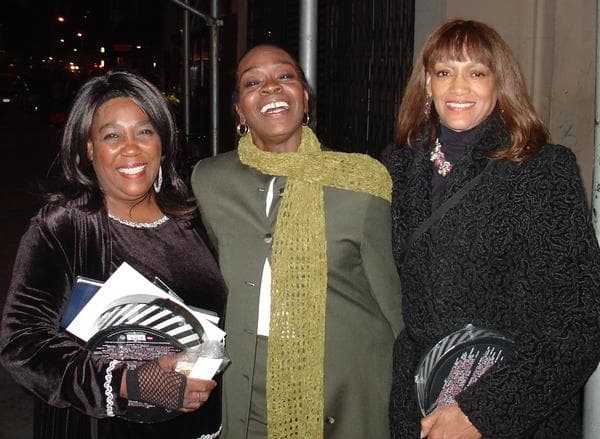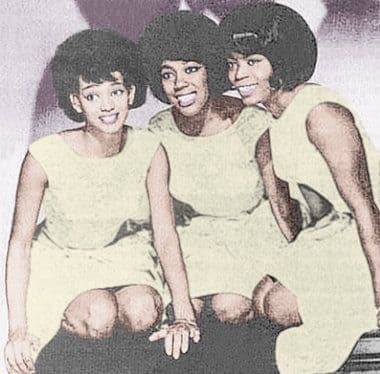
An Intricate Weaving of Classic and Contemporary Melodies
It was a time of innocence and burgeoning romance, when the airwaves were dominated by a certain kind of sweet, yearning pop. In the midst of this musical landscape, a song emerged that felt both timeless and utterly fresh. The year was 1965, and a girl group from Queens, New York, known as The Toys, released a single that would forever be etched in the annals of pop music history. The song was “A Lover’s Concerto,” a tune that soared to a remarkable number two position on the Billboard Hot 100, held off the top spot by the legendary “Yesterday” from The Beatles. It also reached number one on the Billboard R&B chart, a testament to its widespread appeal and crossover success.
But the true magic of “A Lover’s Concerto” lies in the story of its creation—a fascinating blend of classical genius and pop sensibility. The song’s distinctive and instantly recognizable melody is not an original composition but a clever and respectful adaptation of a piece by the master himself, Johann Sebastian Bach. The melody is lifted from the second movement of Bach’s Minuet in G major, BWV Anh. 114, a piece commonly found in the Notebook for Anna Magdalena Bach. This seemingly unlikely marriage of 18th-century baroque music with mid-20th-century pop lyrics was the brainchild of two men: songwriters Sandy Linzer and Denny Randell. They had the inspired idea to take Bach’s elegant and stately melody and set it to a modern pop arrangement, with lyrics that spoke of the universal language of love.
The lyrics themselves are simple yet profound, speaking of a love that is pure, innocent, and all-consuming. The chorus, “How I love you, how I love you / My sweet love, my sweet love,” is a direct and heartfelt declaration that resonates with anyone who has ever experienced the tender beginnings of a deep connection. The song’s instrumentation, with its lush strings and gentle percussion, provides a perfect backdrop for the angelic vocals of lead singer Barbara Harris. Her voice, with its delicate vibrato and youthful sincerity, transforms the song from a mere pop novelty into a heartfelt ode. It’s a performance that feels both effortless and deeply emotional, capturing the breathless wonder of young love.
For those of us who came of age in that era, “A Lover’s Concerto” is more than just a song; it’s a time capsule. It evokes memories of high school dances, first crushes, and the hopeful promise of a future filled with romance. Hearing it now, all these decades later, can transport you back to a simpler time, when a perfect three-minute pop song could encapsulate the entirety of your world. It’s a reminder of a period when music wasn’t just background noise but an integral part of our shared experience, a soundtrack to our lives. The timeless quality of Bach’s melody, combined with the timeless theme of love, ensures that “A Lover’s Concerto” will continue to enchant new generations of listeners, a beautiful testament to the enduring power of a truly great song.
